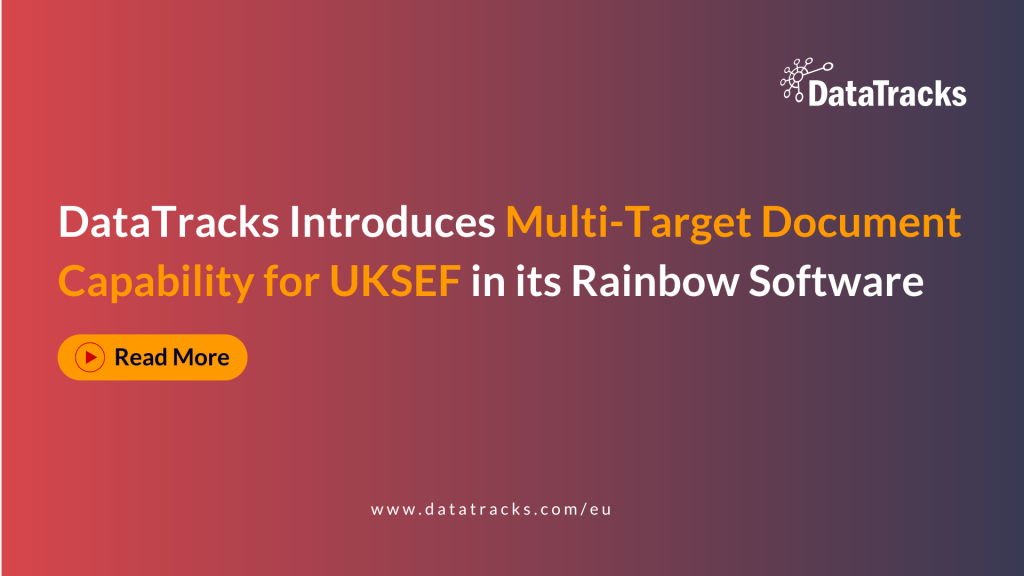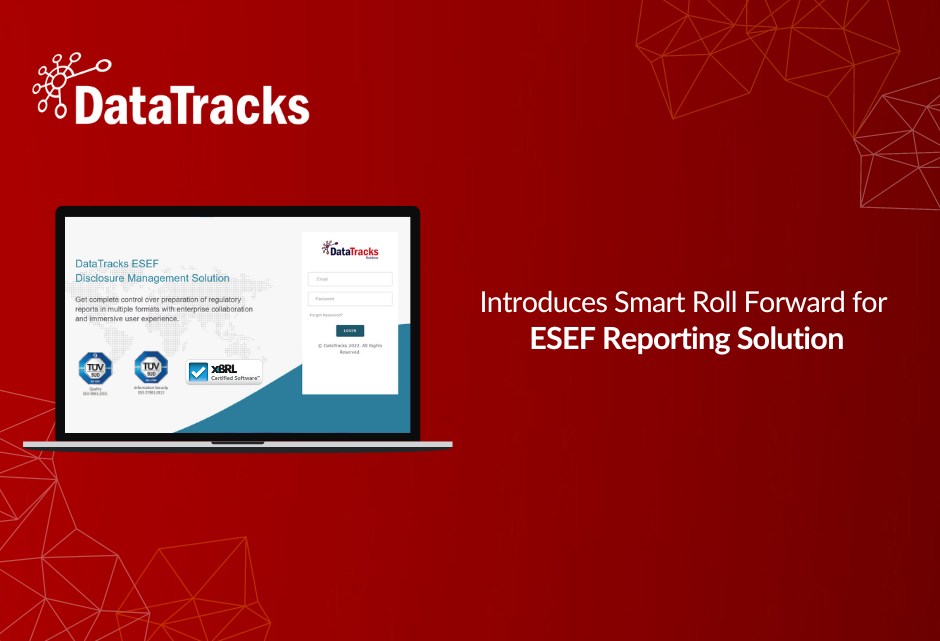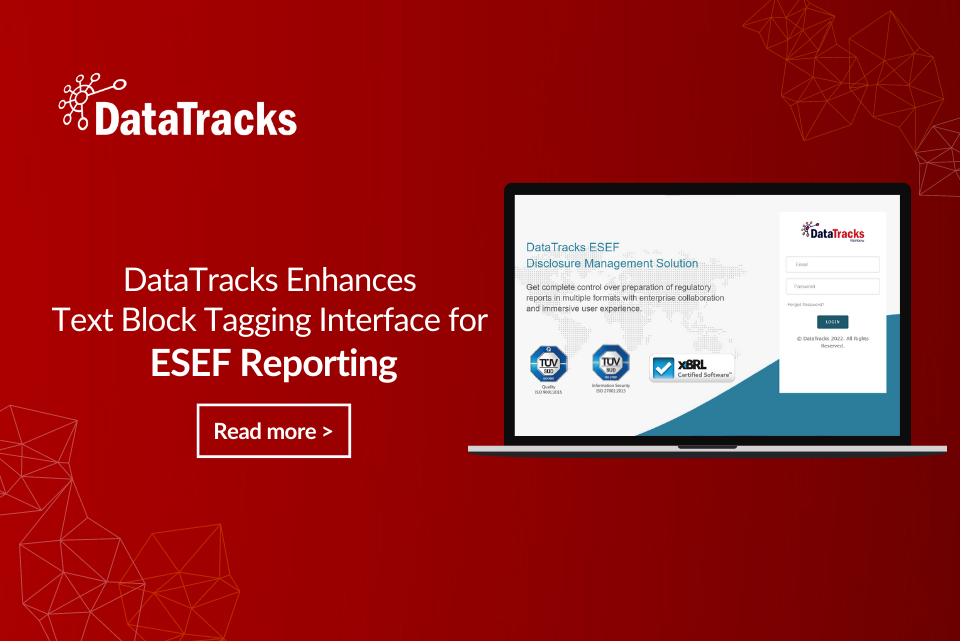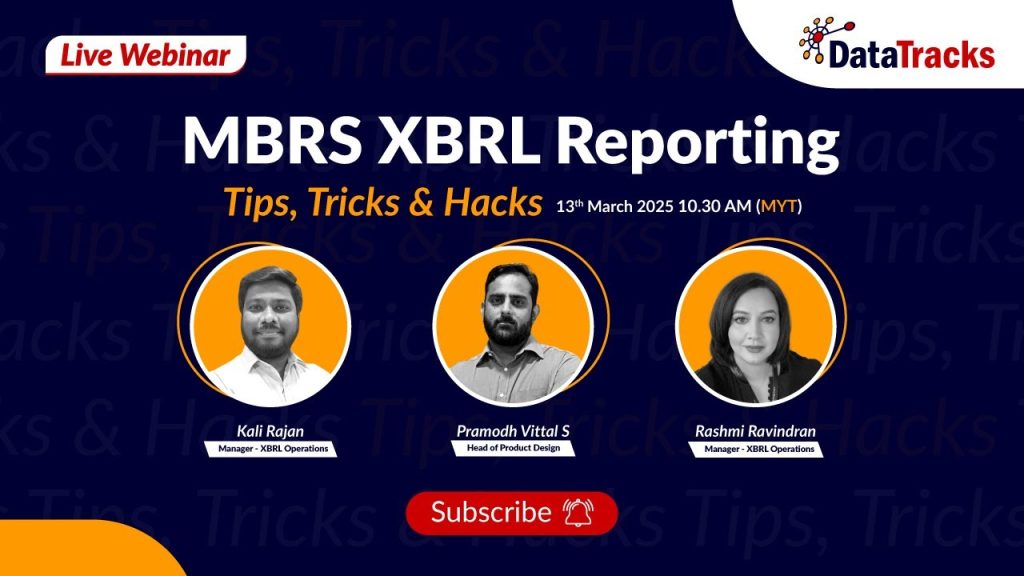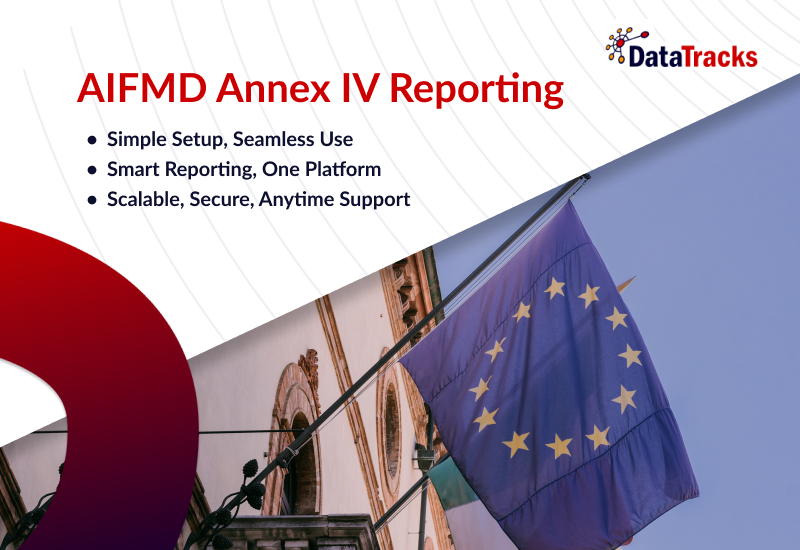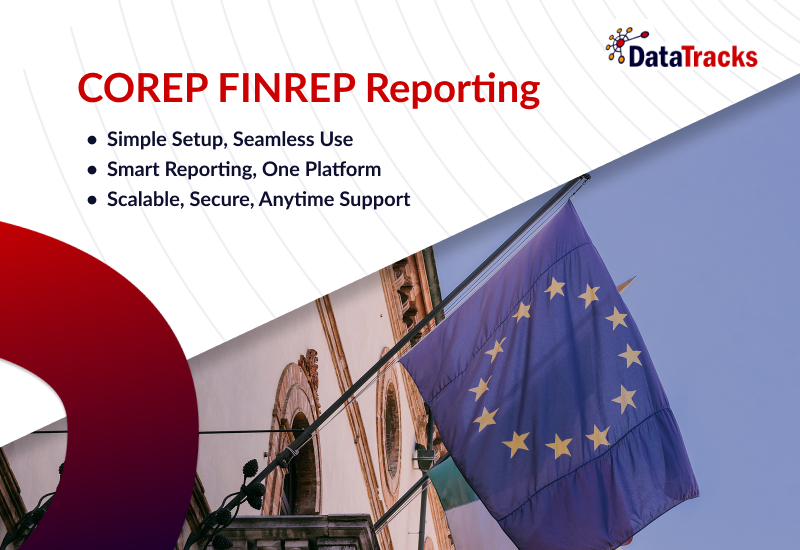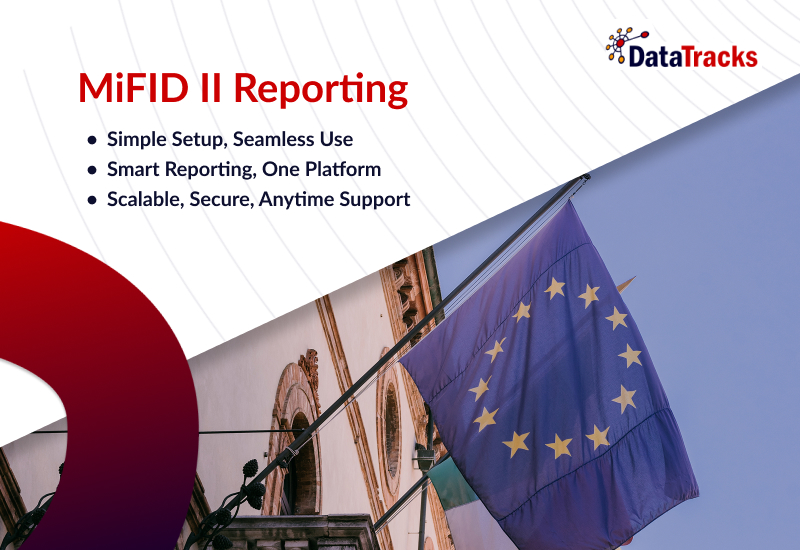ESEF Reporting, Simplified
ESMA compliant ESEF iXBRL reporting made easy
ESEF Reporting, Simplified
ESMA compliant ESEF iXBRL reporting made easy
The Need for ESEF Reporting
According to the ESEF reporting mandate issued by the regulatory authority of the EU, the ESMA (European Securities and Markets Authority), every listed company in the EU is required to prepare their annual financial reports in the new European Single Electronic Format (ESEF). As per the new mandate, all the annual financial reports are required to be prepared in XHTML format. Furthermore, if a report contains the consolidated financial statement, the XHTML documents must also include iXBRL elements, as per the ESEF taxonomy.
Until now, eligible entities have been required to file annual financial reports in PDF format. However, the current reporting format has several frailties, as a result of which, the quality of data being submitted was merely sub-par. The primary reason behind the introduction of the ESEF reporting framework is to boost transparency in the EU and the EEA (European Economic Area)-regulated markets, enabling investors, public authorities, issuers, and other users of financial statements to carry out meticulous analysis of such information.
When should ESEF Reports be filed?
Initially, the ESMA mandated all publicly traded securities issuers in the EU and the EEA (European Economic Area)-regulated markets to prepare annual financial reports in European Single Electronic Format (ESEF) for the financial year, with effect from 1st January 2020. Later the European Commission provided the option to member states with the option to postpone the mandate further, to the financial year beginning on or after Jan 2021, with voluntary submission until the further mandate. This is the right time for you to become proactive and prepare yourself for your ESEF reporting, thereby avoiding any bottleneck situations.
About our services
DataTracks provides end-to-end ESEF reporting services to cater to all your filing needs. With a pool of experts on board, DataTracks boasts error-free filing and strict adherence to quality.
What’s more, DataTracks has already acquired 100+ clients for ESEF reporting during the voluntary phase. Needless to say, our experts have hands-on experience with ESEF reporting and compliance with the ESMA requirements.
Benefits
- A pool of trained iXBRL experts at your service
- Error-free services
- Quick TAT, based on the requirements of your company
- Last-minute filers? We’ve got you covered!
- Got 100+ files you need to convert? No worries, large volumes are not a problem for us
Challenges in ESEF Reporting
Final Review Process/Validation
The ESMA has implemented several quality checks and validation processes to iron out all the errors before submitting financial reports. Working and re-working on every single error can be a cumbersome and time-consuming process.
Complex Mapping and Tag Selection
The process of preparing iXBRL-based financial reports is tedious and comprises several tasks of mapping and tagging.
Handling of negative values
Stringent rules concerned with accumulated depreciation, amortisation and impairment are in place. An error occurs every time a negative value is obtained, where a positive value was expected. Handling these negative values can be a real head-scratcher if you are not familiar with the ESEF taxonomy.
How DataTracks helps
Simplify Your Compliance Process
By leveraging the reliable and trustworthy ESEF reporting services from DataTracks, eligible entities can substantially simplify their reporting process.
Ensure Accuracy of Reports
By leveraging the expertise of trained iXBRL professionals, DataTracks has earned a name for itself within the ESEF reporting framework and iXBRL taxonomy. So, rest assured, all the annual financial reports will be accurate and highly authoritative.
Secure and efficient storage of data
All the data is stored securely in a cloud-based data centre in Frankfurt, Germany. At DataTracks, we are ISO certified for the Data Security measures we take. Furthermore, DataTracks has a dedicated privacy team that continuously monitors the performance and changes in regulations, so you don’t have to fret about data fraud or theft.
Remain Compliant with the Latest ESMA Requirements
Keeping up with the changing requirements of the ESMA can be challenging. However, the experts at DataTracks are always up-to-date with the latest updates, to ensure that your company complies with every single ESMA requirement.
Featured Content
What is ESEF Reporting?
ESEF stands for European Single Electronic Format. It is a new reporting format for public companies in the European Union that requires them to publish their annual financial reports in a single, electronic format. ESEF is designed to improve the transparency and comparability of financial reporting across the EU.
Which companies need to comply with the ESEF tagging mandate?
ESEF applies to all public companies in the EU and UK that are listed on a regulated market. Consolidated IFRS accounts must be tagged using the ESEF taxonomy, but non-consolidated reports only need to be submitted in XHTML format without tagging.
What are the requirements for preparing an ESEF iXBRL report?
ESEF iXBRL reports must be prepared in XHTML format, with IFRS consolidated financial statements tagged using XBRL. The XBRL tags must be embedded in the XHTML document using Inline XBRL technology.
Who is affected by the ESEF reporting requirement?
The ESEF Reporting Requirements affect all issuers whose securities are admitted to trading on regulated markets within the European Union (EU), as well as all issuers who are required to prepare consolidated financial statements in accordance with International Financial Reporting Standards (IFRS), unless they are small and micro enterprises (SMEs) and their securities are not admitted to trading on a regulated market.
What does the ESEF regulation mean for auditors and supervisory boards?
The ESEF regulation focuses on publishing annual financial reports, with compliance extending beyond converting audited data into electronic format. The ESEF-RefE emphasizes third-party verification of accuracy. Although the EU Commission handles the audit, auditors and supervisory boards play a crucial role in confirming tag accuracy. At DataTracks, we assist auditors for precise ESEF reporting, enhancing overall financial disclosure quality.





